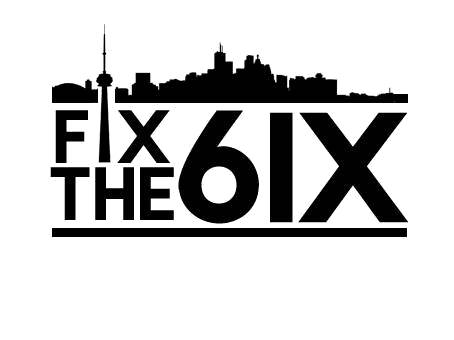In 2013 it was estimated 50,000 people are experiencing hidden homelessness in Canada.
Three other identifiers of homelessness are: chronic, transitional and episodic. Chronic is a long-term experience of homelessness which is a smaller portion compared to transitional or episodic. Transitional is typically caused by a sudden event which causes a person to transition into shelters or other supports available to them. This can be from sudden job loss, eviction, being kicked out of your family home and so on. They are difficult to anticipate due to the nature of the event. Episodic is periodic homelessness. This can be a form of chronic unemployment or related to mental health or substance use. The individual may be in and out of shelters or be able to maintain housing for periods of time and then be back into shelters or on the streets depending on their current situation.
Hidden Homelessness involves people who are currently unhoused or inadequately housed. They may be living in their car, at a friend, family, or stranger’s place. They are considered “provisionally accommodated. This means they have temporary housing without guarantee of continued residency. They are considered “hidden” as they do not typically access services or supports, and they are then less likely to appear on statistics regarding homelessness. Hidden Homelessness is not a long-term living arrangement.
Indigenous Homelessness describes the experience of First Nations, Metis, and Inuit communities, families, or individuals. They lack stable, permanent, adequate housing or the ability to acquire housing. Further, Indigenous homelessness is not defined by structure (home) – instead, it is understood through Indigenous worldviews lens.
Below is more information about hidden and indigenous homelessness.


